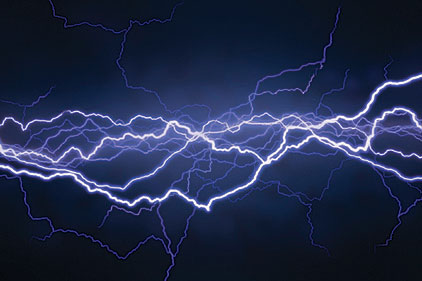Emerson Network Power has enabled Bryan Medical Center's East Campus in Lincoln, NE to simplify its emergency power testing procedures and produce automated Joint Commission-quality reports more efficiently.
Emerson Network Power's ASCO PowerQuest ® Power Monitoring and Control system instantly gathers, processes, analyzes and acts on the huge volumes and velocity of data that the medical center's critical power management system (CPMS) generates, including the center's 37 ASCO Automatic Transfer Switches. Besides transfer switches, a CPMS encompasses gen-sets, paralleling control switchgear, circuit breakers and a sophisticated power monitoring and control system that operates at lightning speed, such as the ASCO PowerQuest. The ASCO power monitoring and control system enables the center to test its entire, decentralized six gen-set emergency power system from a single computer screen.
"If we had to walk to each ATS to gather data, it would take hours," said the center's master electrician, Mike Wiruth. The ASCO PowerQuest system also enables him to test a single gen-set with a load bank and get an automated report.
ASCO PowerQuest manages a 4,000 kW emergency power system that supports nearly all operations spanning the center's 1,075,000 sq ft of floor space. Facilities include a 382-bed hospital building and five other facilities, including an office building, obstetrics tower and a 700-student college. More than 2100 employees depend on the emergency power system during outages.
ASCO PowerQuest monitors actual load on the generators, which aren't paralleled, during tests.
"Seeing an actual number showing the exact percentage of a gen-set's nameplate kW rating that is under load tells us at a glance when a test meets the Joint Commission's 30 percent of nameplate load requirement for a given amount of time," Wiruth said. Nameplate rating is only one of a host of data points that are monitored to give operators a granular understanding of system operation.
ASCO PowerQuest helps Wiruth trend gen-set load growth so he knows how much load he can add to a given gen-set during a facility remodeling or expansion.
One of the systems' biggest plusses is receiving automatic alarms and notifications via cell phone, tablet and other devices. Other capabilities include the ability to operate the system from up to 10 client computers, view historical event logs, power readings and overall system operation at a glance, and change power transfer switch settings from the software.
ASCO PowerQuest can remotely connect to the power system through the Internet to seamlessly perform software upgrades and diagnostics. A 'Notes' capability allows Wiruth to indicate equipment location, respective loads and other aspects that he finds useful.
"It eliminated the need for a paper spreadsheet and I can access it remotely off campus from a computer or my phone," he said.
ASCO PowerQuest piggybacks on the center's existing VLAN Ethernet network, which minimized installation time and avoided the labor and materials costs of running a secondary, RS485 twisted pair communications structure.
ASCO PowerQuest also helps train technicians and keeps them sharp on power distribution operation, event diagnosis, and servicing.





